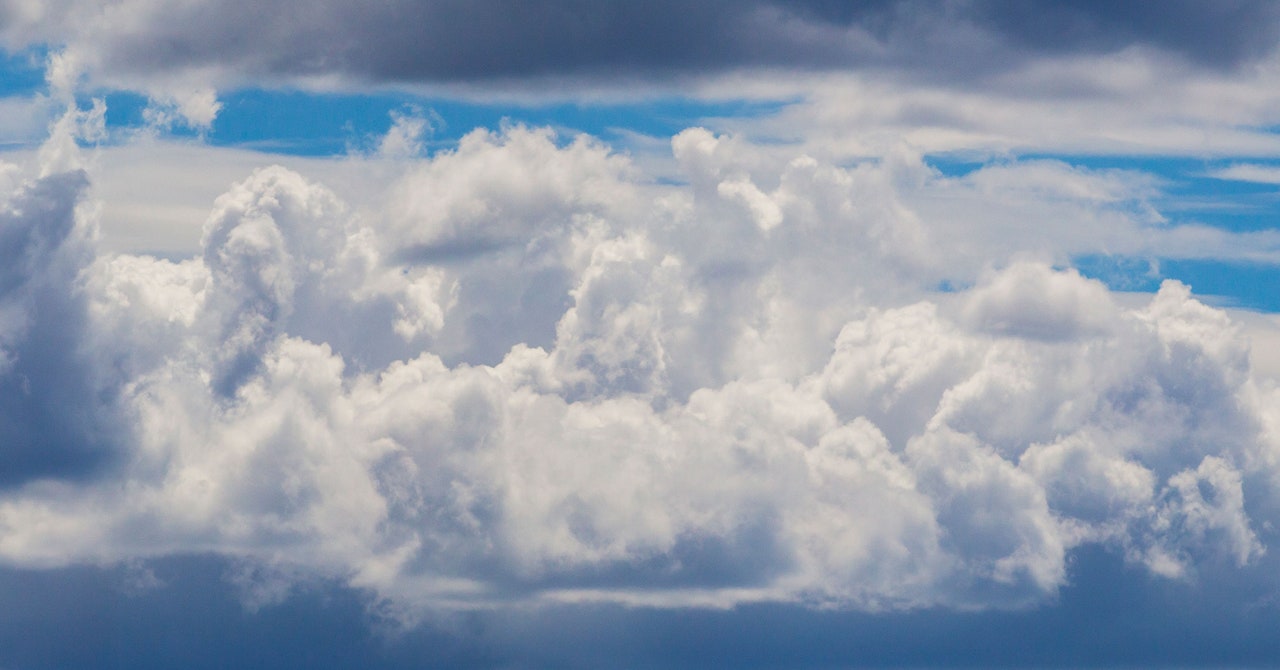this article is Republished from Conversation under one Creative Commons License,
Clouds form when water vapor—an invisible gas in the atmosphere—sticks to small floating particles such as dust. Liquid turns into water droplets or ice crystalsIn a newly published study, we show that Microplastic particles may have the same effectThe production of ice crystals at temperatures 5 to 10 °C (9 to 18 °F) warmer than droplets without microplastics.
This suggests that microplastics in the air can affect weather and climate by creating clouds in conditions where they would not otherwise form.
we are atmospheric Chemists Those who study how different types of particles form ice when they come in contact with liquid water. This process, which occurs continuously in the atmosphere, is called nucleation,
Clouds can form in the atmosphere liquid water droplets, ice particles or mixture of two. In clouds in the mid to upper atmosphere where temperatures are between 32 and −36 °F (0 to −38 °C), ice crystals typically form around mineral dust particles from dry soil or organic particles such as pollen or bacteria. .
Microplastics are less than 5 millimeters wide – about the size of a pencil eraser. Some are microscopes. Scientists have discovered these antarctic deep seaThe peak of mount everestAnd fresh antarctic iceBecause these pieces are so small that they can be easily removed carried into the air,
Clouds are an important part of Earth's complex weather system, influencing precipitation, temperature, and climate.
why it matters
Snow in clouds has a significant impact on weather and climate as it usually produces most of the precipitation. starts as ice particles,
Many clouds in non-tropical regions around the world extend high enough in the upper atmosphere that some of their moisture is frozen due to cold air. Then, once ice forms, it draws water vapor Liquid droplets form around it, and the crystals become heavy enough to fall. If snow does not develop, the clouds evaporate instead of producing rain or snowfall.
While children learn in grade school that water freezes at 32 °F (0 °C), this is not always true. Without focusing on anything, such as dust particles, water can be supercooled Temperatures can drop as low as −36 °F (−38 °C) before freezing.


